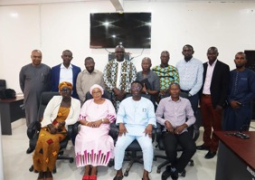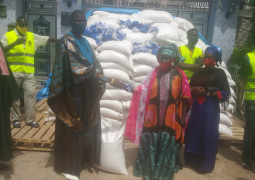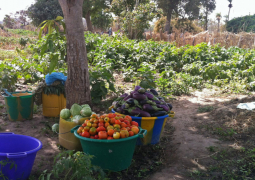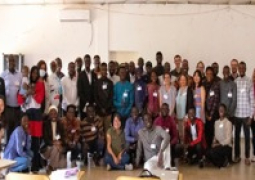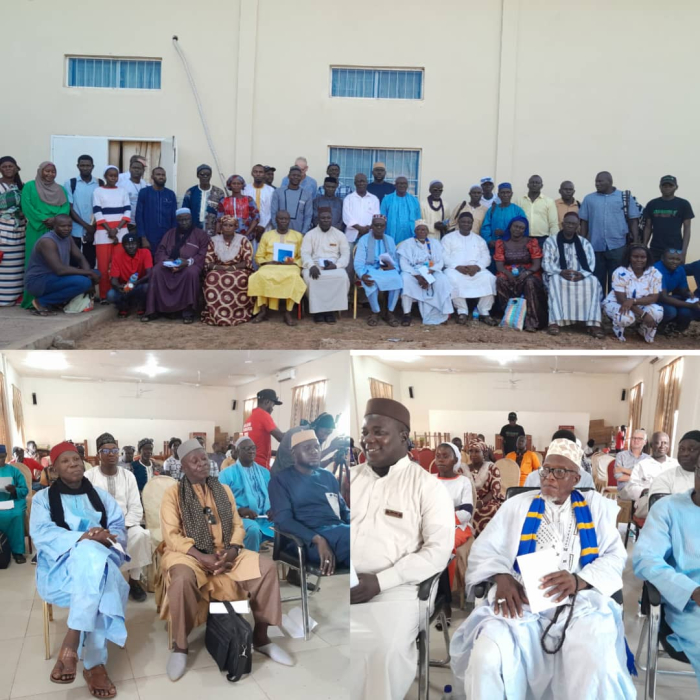
The day-forum was designed to effectively inform participants about the importance of mangrove planting and the existing project
The “Conservation and restoration of the mangrove ecosystem in The Gambia through the REDD+ mechanism” project aims at restoring and conserving mangroves in The Gambia. The project mitigate climate change through carbon sequestration and storage, enhances biodiversity and has positive rural livelihood effects, including enhanced oyster collection, fishing and fiscal revenues to the participating communities.
The project is being implemented by the the Gambian Department of Parks and Wildlife Management (DPWM), Sahel Wetlands Concern (NGO), Kombo Foni Forestry Association (KOMFORRA) (NGO), West African Birds Study Association (WABSA) (NGO) and the Danish green energy major Ørsted. The project collaborates closely with more than 50 communities adjacent to the mangrove areas who are also the key beneficiaries of the project.
Speaking at the forum, Mamadou Lamin Gassama, director of Department of Parks and Wildlife Management under the Ministry of Environment, Climate Change and Natural Resources said mangroves are the best carbon sink, adding that they have embarked on the rehabilitation mangroves in various parts of the wetlands.
He added that the important work they did over the years gave birth to the agreement with Ørsted.
Mr Gassama said that they have done an extensive ground troathing and ecological surveys across the country and know the number of mangroves in the country.
He said they can sell the carbon that will emanate from the off setting to Ørsted if they can agree on a price with the government.
He noted that last year they planted over 240 hectares and this year they have restored over 5000 hectares across the country.
He highlighted that several million dalasis have been pumped into participating communities as a direct consequence of the mangrove restoration for this year, adding that all the carbon credit coming out of the project belong to Gambian people.
He described the project as very good for The Gambia, adding that Gambia is a climate change champion. “One of the key aspects of climate restoration mechanism is mangrove which is a very good carbon sink,” he added.
Thomas Lyse, vice president of BIO Markets Bioenergy said the project would restore the unique ecosystem of the country. He expressed satisfaction with the level of engagement, participation and commitment showed to the project by Gambians, adding that they look forward to continue working with Gambian partners on the project for many years.
Hon Lamin Ceesay, National Assembly Member for Kiang West Constituency said “this is one of the most sustainable projects that I have witnessed. Communities have benefited so much from the project because it is inclusive and participatory.”
He revealed the Kiang Keneba have benefited two million dalasis from the project while Kiang Jolli got over three hundred thousand dalasis and Kiang Karantaba got over five hundred thousand dalasis from the project, among other communities within his constituency.
He told communities that the more carbon their mangroves product the more money they will be paid and therefore urged them to ensure the sustainability of the project.
Bintou Saidykhan, a native of Jarra Sankuya, a beneficiary community of the project said the amount of money they have made from the project is beyond their imagination, adding that it has brought development to their community.
“The project has benefitted us, our children. We are able to buy uniforms, shoes, books and other school materials from monies made from the project,” she added.


